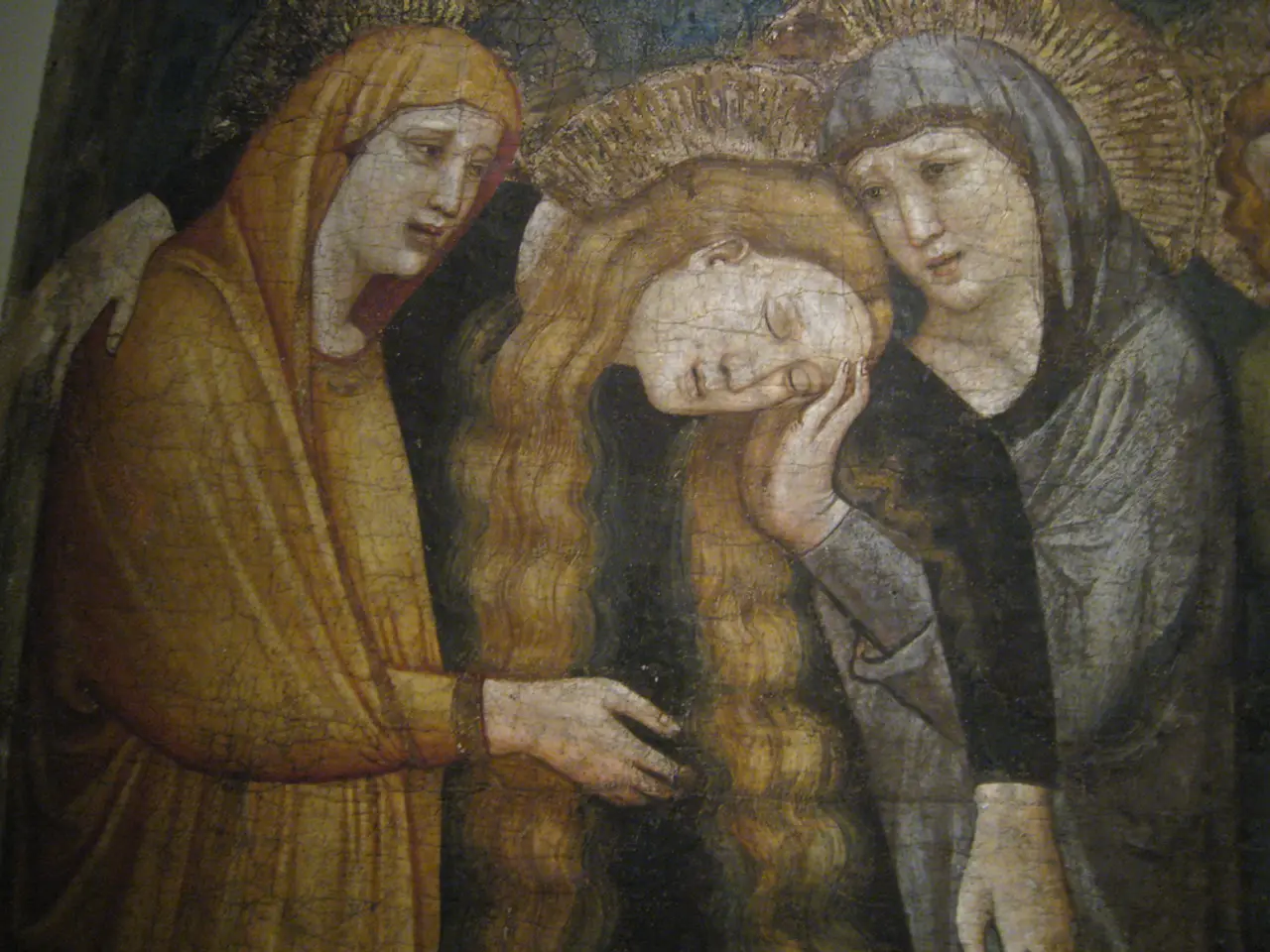In the Gaze of the Observer: Insights and Perspectives
In a world where art serves as a mirror to society, German comic artist Luz invites readers to gaze upon the world through the lens of his latest creation, "Two Female Nudes." This captivating work, part of a "Trilogy of Resilience" that includes "Katharsis" (2015) and "We Were Charlie" (2018), is a poignant exploration of personal trauma, identity, and history, intertwined with broader socio-political contexts.
The painting that inspired Luz's comic, "Two Female Nudes," is an expressionist work by Otto Mueller from 1919. This piece, much like Luz's comic, seems to embody a narrative that transcends its physical form. As the painting traveled with Mueller to Breslau upon his acceptance of a professorship in 1919, it bore witness to the separation of the couple and a sale.
"Two Female Nudes" also carries the weight of history, as it became part of the infamous Nazi traveling exhibition "Degenerate Art." This exhibition, a showcase of art deemed un-German by the Nazi regime, provides a grim backdrop to the narrative unfolding in Luz's comic.
The comic itself portrays a world in political and personal turmoil, starting with a scene of Otto Mueller and his wife debating whether to leave Berlin. As the narrative unfolds, it delves into the life of Ismar Littmann, an orthodox Jew whose study is first undisturbed, then besieged by demonstrating Nazis in front of his shop window, eventually leading to his harassment by the police, beating by the SA, and tragic suicide in 1934.
Luz's comic is also a personal account, using artistic means to explore his journey to becoming an artist and the freedoms it has given him. The depiction of female nudes, a classic artistic motif associated with beauty, vulnerability, and gender politics, likely serves as a metaphor for contrasting or intertwined identities, possibly reflecting personal trauma or struggles juxtaposed with historical injustice, such as the fate of looted art during World War II.
In creating "Two Female Nudes," Luz connects with Otto Mueller, particularly through the thick line—a stylistic choice that resonates across both works. This connection, along with the comic's exploration of themes like cultural theft, memory, and the trauma associated with displaced or stolen heritage, underscores the profound impact of history on contemporary artistic expressions.
Luz has researched historical details about "Two Female Nudes" in collaboration with the Museum Ludwig, providing a rich context for understanding the themes and symbolism in his work. Despite the tragic history associated with the painting, Luz's "Two Female Nudes" stands as a testament to resilience and the power of art to heal and provide a platform for reflection and understanding.
The tragic history of the painting "Two Female Nudes" is intertwined with the broader context of war-and-conflicts and politics, as it became part of the Nazi traveling exhibition "Degenerate Art," a showcase of art deemed un-German by the Nazi regime.
In his comic "Two Female Nudes," Luz skillfully addresses events from politics and general-news, such as the sale of the original painting, the fate of looted art during World War II, and the tragic story of Ismar Littmann, an orthodox Jew whose life was affected by the Nazi regime.






